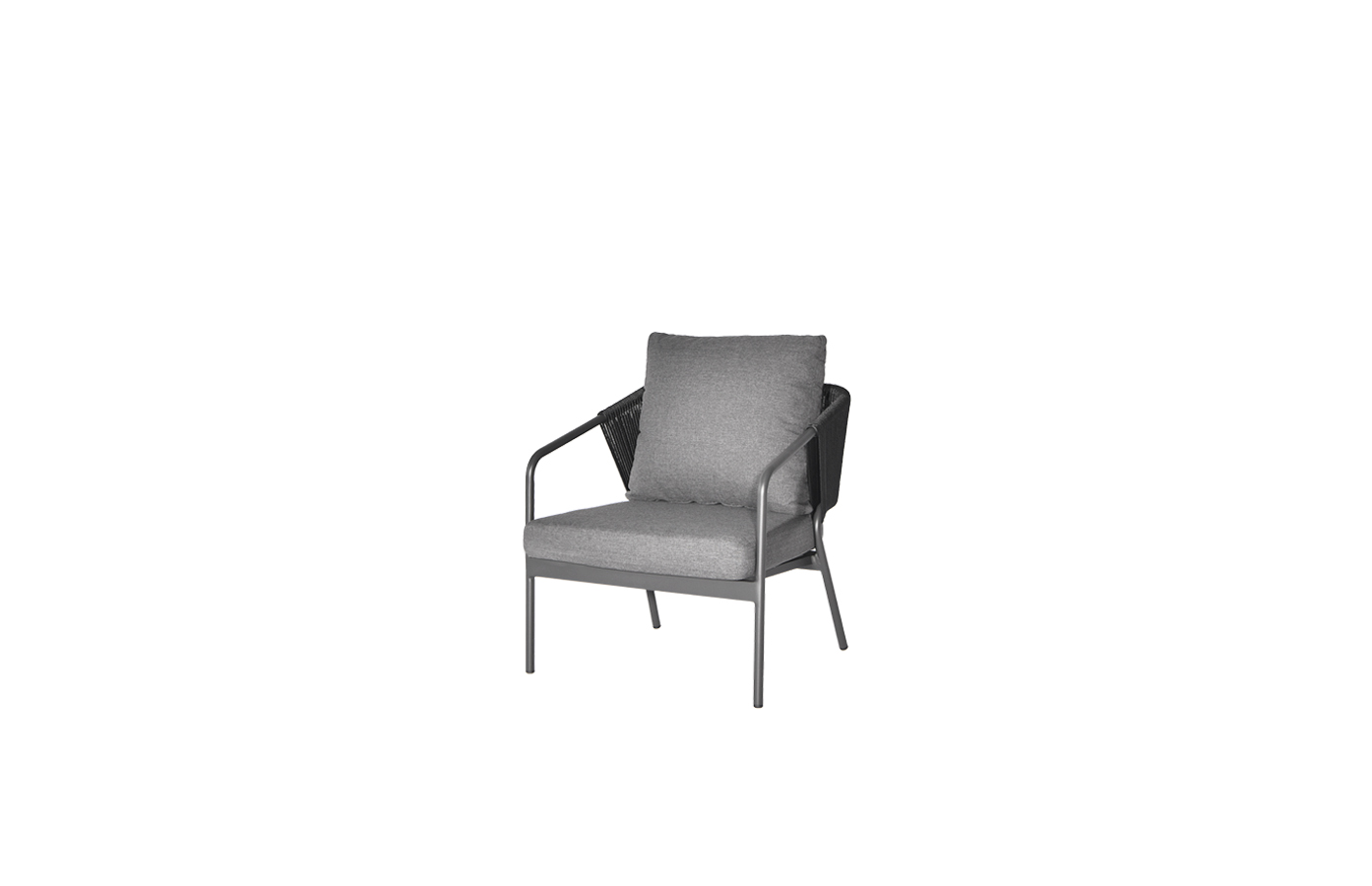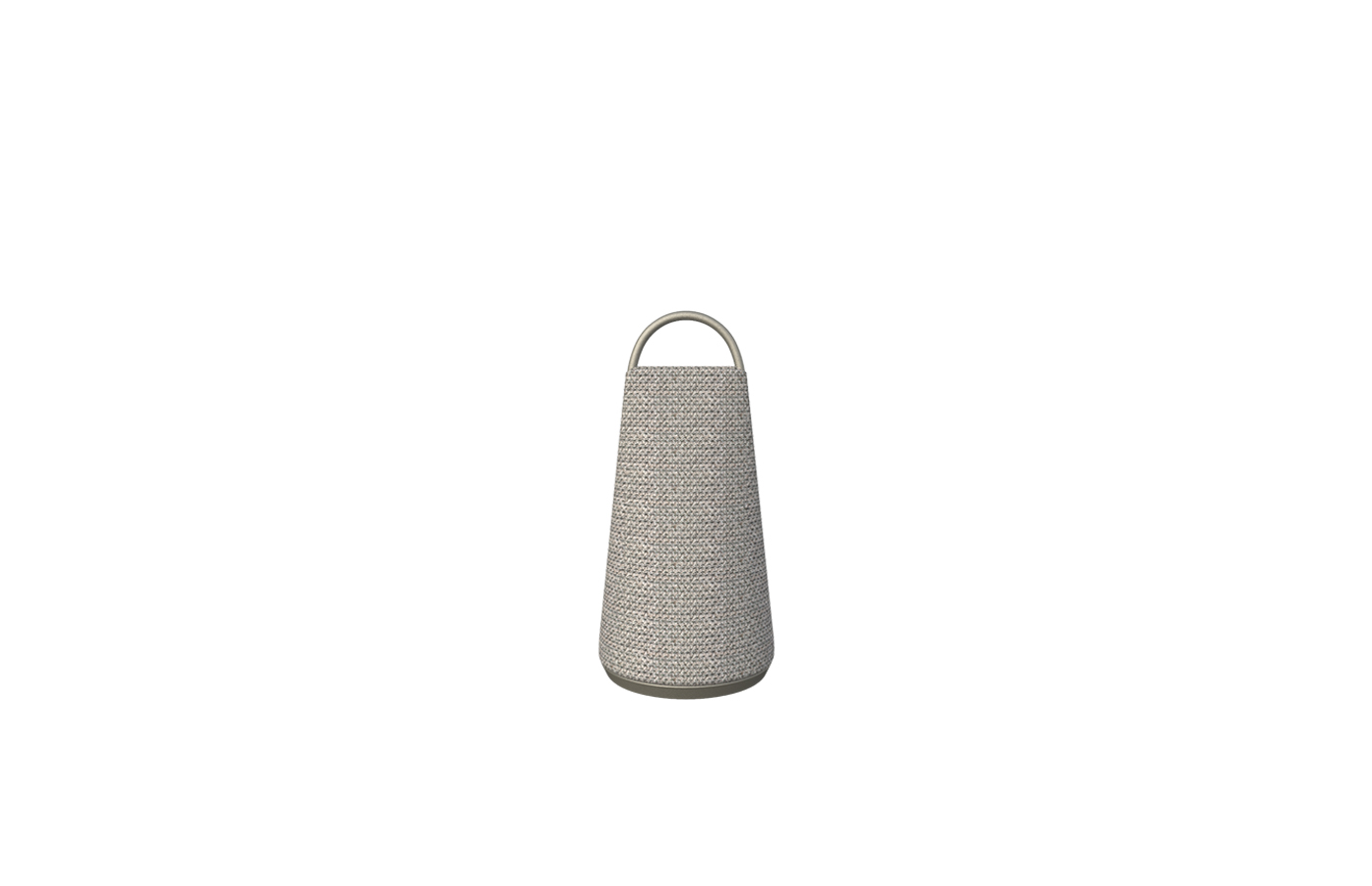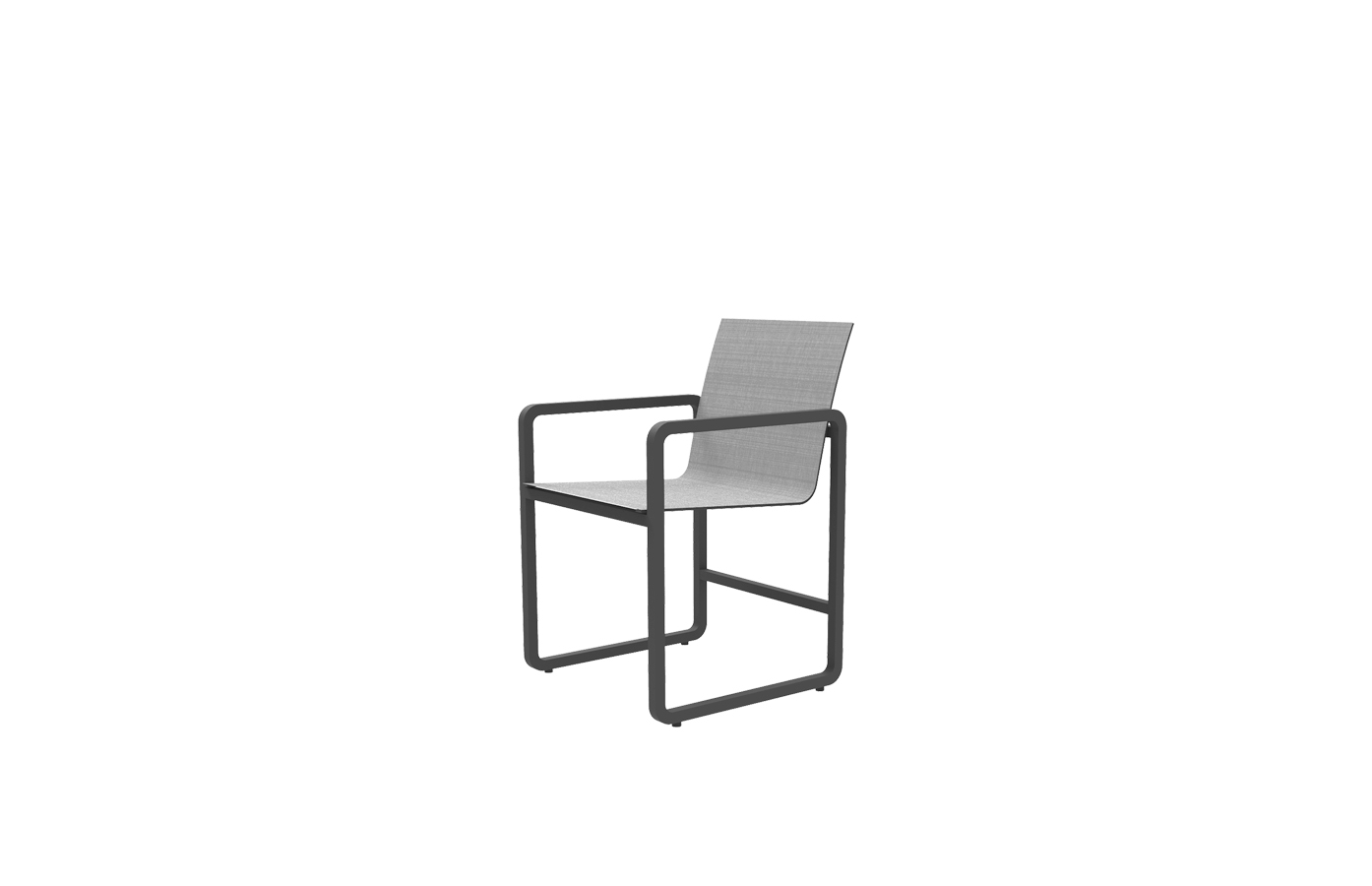Lighting plays a pivotal role in our daily lives, oftentimes going unnoticed but subtly influencing our mood, productivity, and overall well-being. From the soft glow of a bedside lamp to the vibrant hues of neon signs in bustling cityscapes, the way we use and perceive light has the potential to transform ordinary spaces into extraordinary environments. Understanding the different aspects of lighting can enhance not just the aesthetics of a space but also contribute significantly to our emotional and psychological health.

Exploring the Transformative Power of Lighting: How Proper Illumination Enhances Spaces and Elevates Mood
At its core, lighting serves one primary function – illumination. However, its impact transcends mere visibility. The art of lighting design combines visual, emotional, and functional elements that can make a space feel welcoming, secure, and inspiring. For instance, warm lighting tones can create an atmosphere of coziness reminiscent of home, whereas cool lighting might evoke feelings of professionalism and clarity, ideal for workspaces.
Changing the light’s intensity and color temperature can drastically affect the ambiance of a room. In a living room designed for relaxation, soft, warm lights can make guests feel more at ease, inviting leisurely conversations and social interactions. On the other hand, bright, white lights in a kitchen can enhance attention to detail, proving essential for tasks such as cooking and food preparation. This variance is not just a matter of aesthetics; studies have shown that different lighting conditions can affect our mood, productivity, and even our physiological responses.

Exploring the Transformative Power of Lighting: How Proper Illumination Enhances Spaces and Elevates Mood
Natural light plays a significant role as well. Environments that maximize natural light often see improved mood and cognitive function. Biophilia, the inherent human inclination to connect with nature, suggests that spaces filled with natural light and greenery can create a sense of well-being and tranquility. Architectural designs prioritizing large windows, skylights, and open layouts highlight the beauty of sunlight while reducing reliance on artificial lighting.
In workplaces specifically, the significance of lighting cannot be overstated. Research indicates that employees in well-lit spaces are more productive and less prone to fatigue. Companies have recognized this trend, increasingly investing in proper lighting solutions to create optimal working conditions. For instance, adjustable lighting or smart lighting systems that mimic natural circadian rhythms can enhance employee satisfaction and effectiveness. The impact of light on concentration, alertness, and mood cannot be underestimated.
Beyond functional benefits, lighting also serves as a key element in interior decoration. Creative lighting fixtures can act as statement pieces that draw attention, contributing to the overall aesthetic of a space. Pendant lamps, chandeliers, and wall sconces come in various designs, offering homeowners and designers the chance to express personality and style. The interaction between light fixtures and their environment can set the mood for any occasion, transforming a dining area from casual to formal with just a switch.

Exploring the Transformative Power of Lighting: How Proper Illumination Enhances Spaces and Elevates Mood
Moreover, lighting can significantly enhance safety and security in homes and public areas. Strategic placement of outdoor lighting can deter crime and increase visibility during nighttime hours. Additionally, well-lit pathways, stairways, and entrances contribute to a safer environment, reducing the likelihood of accidents and enhancing the overall sense of security.
As technology advances, the field of lighting continues to evolve. Smart lighting systems allow individuals to control their light’s intensity, color, and even timing through mobile apps, providing a level of customization previously unseen. These innovations enable users to create synthetic lighting conditions that cater to their emotional and functional needs throughout the day. For instance, engaging in a lively evening with friends can be supported by warmer, low-light settings, whereas early morning work sessions may benefit from cooler, brighter light.
In conclusion, lighting is much more than an accessory; it is a crucial element that impacts our day-to-day lives in profound ways. It influences our emotions, shapes our environments, and enhances our interactions, from homes to workplaces and public spaces. Exploring the diverse effects of lighting can lead to better-designed spaces, healthier habits, and improved overall quality of life. Whether you’re renovating a living space, enhancing a workplace, or simply adjusting a lamp, remember the transformative power of lighting and its ability to change not just the way we see a space, but how we feel within it. Ballet
